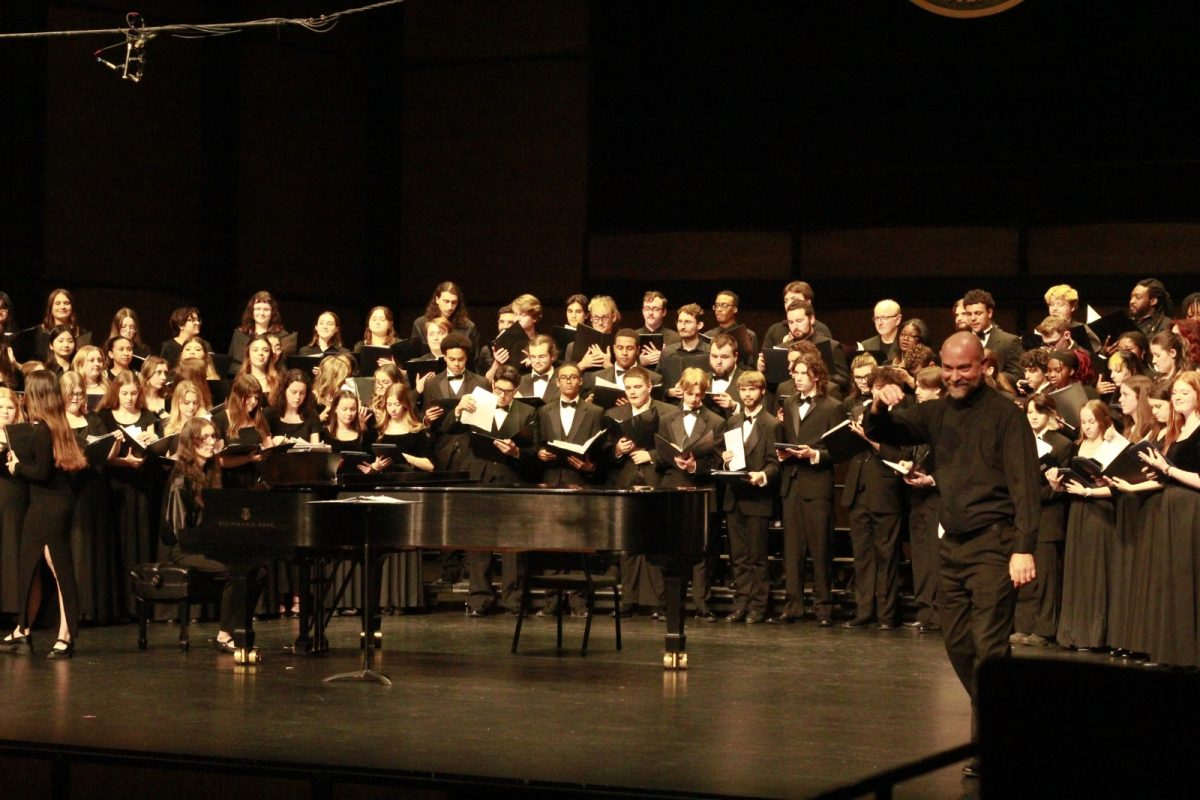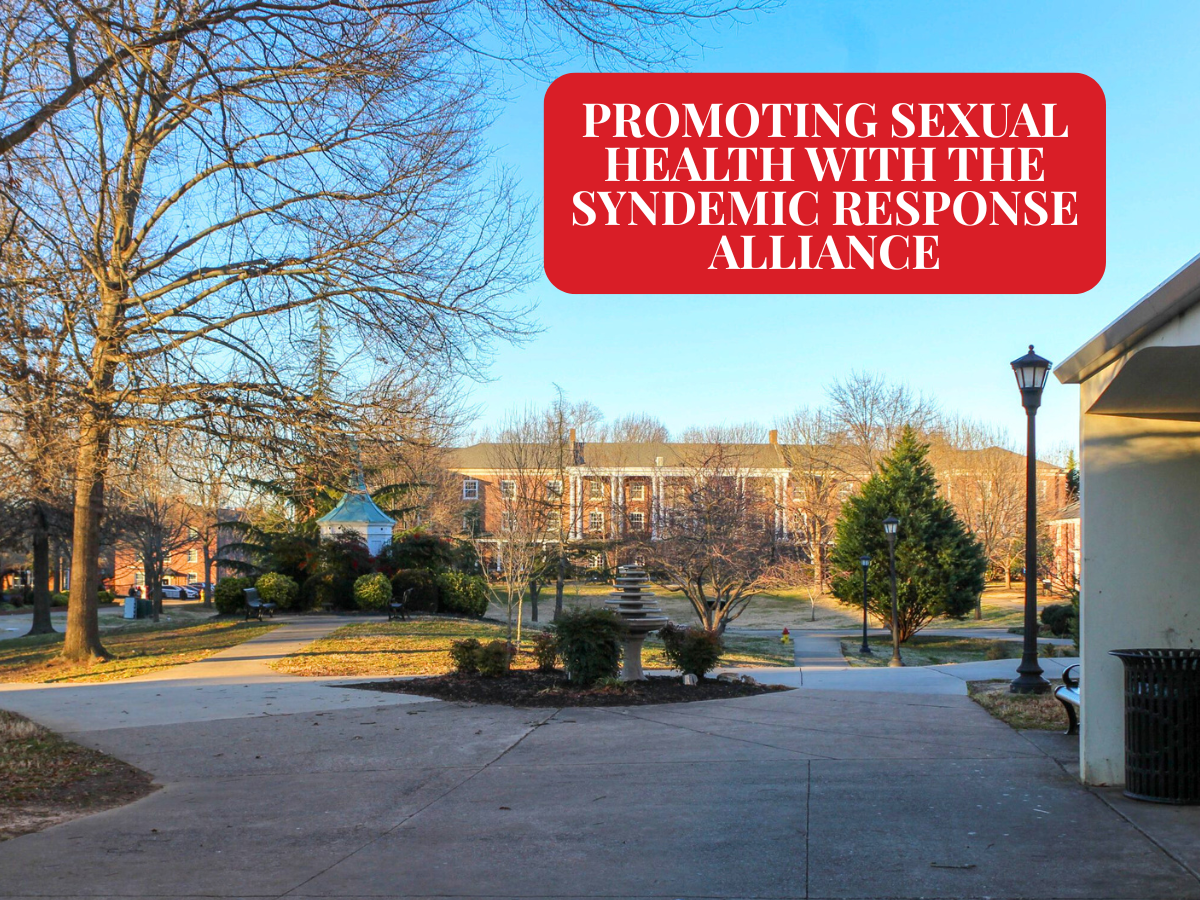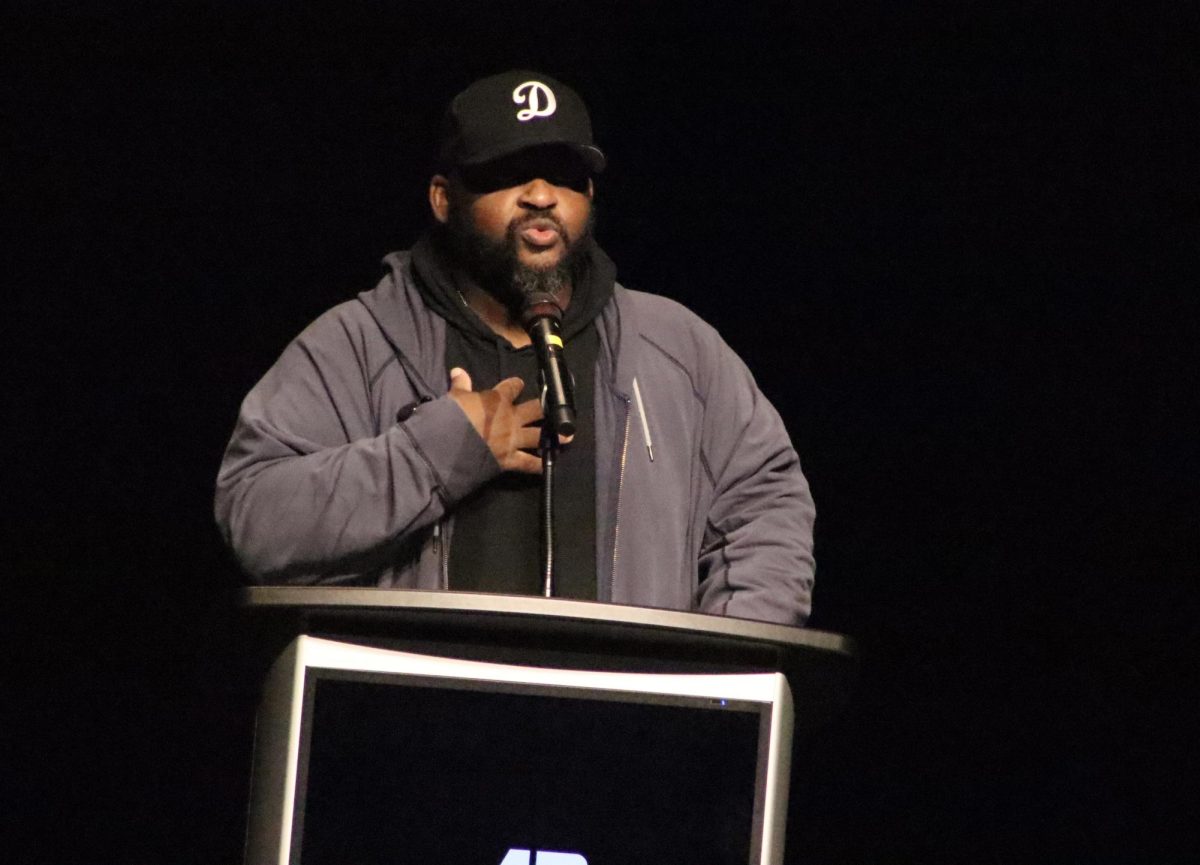The number of black professors on campus at APSU is dismal.
In fall 2019 the total number of white faculty at APSU was 573. The total number of black faculty was 56, comprising only 7% of the total faculty on campus, the highest of all minority faculty percentages at APSU, according to APSU’s institutional data available on the APSU website.
Comparatively, 23% of all first-time, full-time freshman who enrolled in 2019 were black, according to the APSU fact book, also available on the APSU website and 20% of the total number of enrolled students as of fall 2019 were black, according to APSU’s institutional data.
Therefore, the percentage of black students at APSU more than doubles the percentage of black faculty.
“It’s a little bit appalling. There are a lot of issues nationwide,” Marcus Hayes, professor of dance and African American studies and associate dean for the college of arts and letters said. “That’s not an Austin Peay problem, but the numbers are especially bad at Austin Peay.”
This trend continues across higher education beyond just APSU. In 2017 “black faculty were underrepresented as compared with the black undergraduate population, 6% to 14%” according to the Pew Research Center.
“As an institution, we have a lot of work to do to address it. There have been a lot of efforts with the office of equity and inclusion,” Hayes said. “They’re training search communities in a certain way and helping search committees to understand how bias interferes with the search process and how to avoid it.”
Additionally, research shows that “minority students who have educators of the same race or ethnicity are more likely to look to those teachers as role models and to report greater effort in school and higher college goals” according to the Pew Research Center.
“We sometimes hide behind the language of is this the “right fit” instead of admitting we are, even if it’s subconscious, we are doing something that excludes these other groups,” Reggie Forest, assistant professor of English said.
As of fall 2017, only 6% of all full-time faculty in degree-granting postsecondary institutions were black. Comparatively, 76% were white, according to the National Center for Education Statistics.
“In my department languages and literature, I think there might be maybe five or six [black professors], but it’s one of the bigger departments. How can there only be five or six?” Forest said.
Forest believes we must aim to change a mindset in higher education that prevents the growth of diversity and representation.
“It would seem that we would have to go back to some of that earlier language, and saying that if it is not a racist policy that the percentage is so low, what else can it be?” Forest said. “Also give the disclaimer that you are not calling anyone evil or bad, the same way that males a lot of the time do sexist things. It doesn’t mean that every male is awful. It’s just a mindset. It’s in the culture. None of us are “innocent” in that sense, but if I admit that what I do is sexist it’s a lot easier for me to stop it.”
APSU’s office of equity, access and inclusion states on its website that it does not discriminate against employment applicants on the basis of race, color, religion, creed, national origin, sex (including pregnancy), sexual orientation, gender identity/expression, disability, age, status as a protected veteran, genetic information or any other legally protected class.
It also states that part of its mission is to maintain a campus environment that serves the needs of all students by being diverse and inclusive.
However, the faculty statistics do not reflect this. Only 19% of all faculty as of fall 2019 were minorities. The other 81% is white.

“It’s easy if someone’s yelling at you to say that person’s racist or sexist or whatever, but if they say, ‘Hello, how are you doing?’ and then you do not get a second call for a second or third interview, how do you navigate that? I’m not sure what the answer is, except we have to keep pushing and asking a very uncomfortable question: Why is the representation so low? and not accepting some of the nicer answers,” Forest said.
These statistics are also not reflective of APSU’s student population which is only 59% white as of 2019, according to the institutional data on current enrollment trends.
“We do not live in a time where there is very few African Americans with Ph.D.’s We’re not living in that era anymore. So, if it’s not having that ready supply, what else can it be?” Forest said.
Hayes thinks it is still important to encourage black students to pursue higher degrees, as well as careers in higher education.
“Part of it is that we have to have people of color going to graduate school and finishing those graduate degrees so that they are qualified to enter the academy as faculty members,” Hayes said.
Hayes tries to encourage this in his own students.
“That’s part of my mission. I’m teaching my classes, especially students of color, that higher education is a great place for them to think about having a career,” Hayes said. “Sometimes it’s important for students to hear that. I had to hear it. Somebody had to say to me, ‘you should think about teaching.’ That was an important part of my journey.”
Forest also brings topics of race and diversity into his English classes.
“Actually, it’s easier to talk about race with students sometimes, than older people who are set in their careers, because there is this fear if I get labeled this way, what will happen to my career, my promotion. Whereas students are yearning to finally get a chance to tell the truth,” Forest said.
However, Forest argues it is harder today to have these difficult conversations.
“Because there are other existential threats that people see. Even if we say, ‘Yes, racism is bad, but there’s terrorism,’ without understanding that perhaps some of that is because you see someone who is a little different as an other and the old racist stuff that was in your brain you projected on that other person,” Forest said. “But it’s easier to keep them separate and say, ‘Racism is this nebulous thing, but terrorism is something I see on TV.’”
Overall, there is still plenty of room for APSU to grow in terms of diversity and representation. From fall 2015 to fall 2019, APSU hired 93 new white faculty, but only 18 new black faculty.
“I would like more minority faculty. I think it would help, not at the expense of someone else, but there is a yearning. We see it. We talk about it, but sometimes that can get uncomfortable when it comes to the implementation. For that there is no easy solution,” Forest said.







